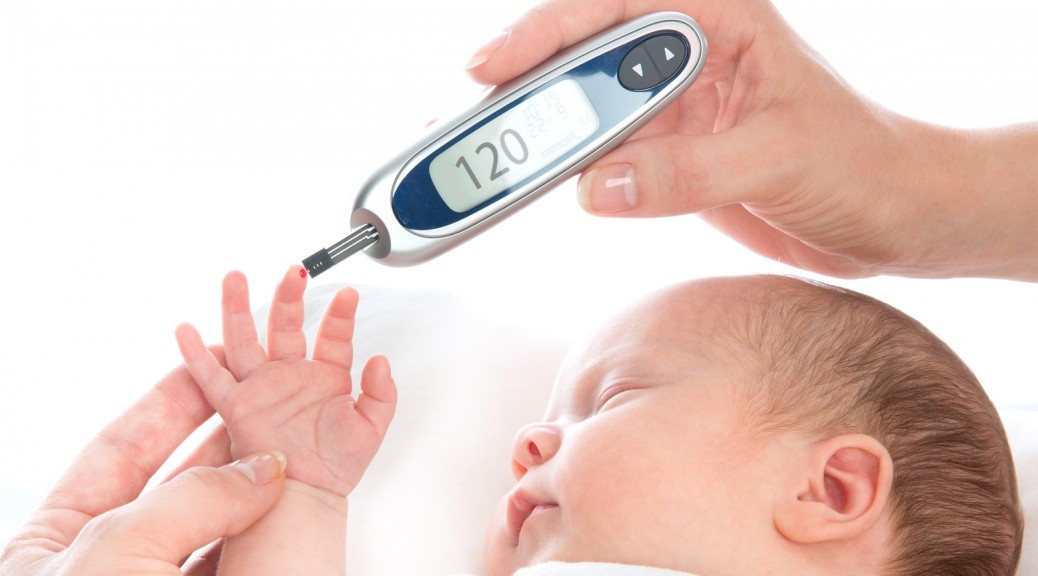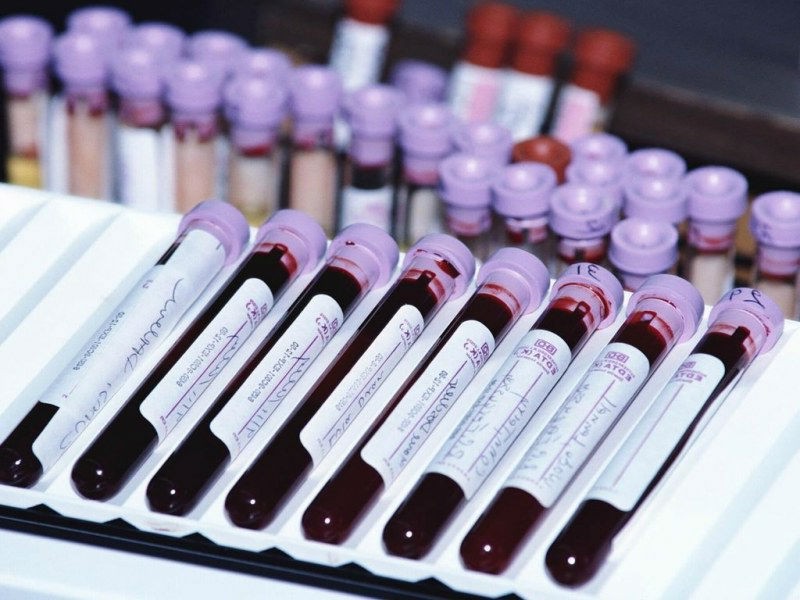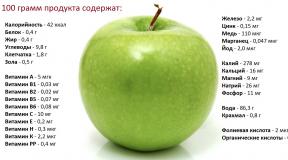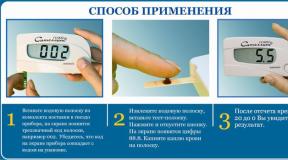Physiological blood glucose levels in women
Diabetes mellitus is a serious disease in which there is a significant increase in blood glucose levels. The substance is absolutely necessary for the body, since it is a kind of fuel for all its cells. A special hormone insulin is responsible for regulating its indicators.
Normally, the indicators are located in a fairly narrow digital range, not exceeding the permissible limits. The minimum sugar is determined in the morning, on an empty stomach. After eating, the numbers increase slightly, but if the metabolic processes are not disturbed, then they will soon return to acceptable limits. Blood for research is taken from a vein or a finger.
General indicators of sugar, regardless of gender
The permissible limit is 3.30 mmol / l, but not higher than 5.5 mmol / l. When taken from a finger on an empty stomach (in mmol / l):
- Norm - 3.30-5.50;
- Existing prediabetes - 5.50-6.00. In medicine, there is still such a thing as impaired glucose tolerance. In this case, the analysis helps to find out how well the incoming sugar is broken down by insulin.
- Above 6.10 - confirmed diabetes mellitus.
The table shows the acceptable blood sugar level for healthy people.
Advice! If the blood for the study was taken from a vein (on an empty stomach), then the permissible level is 6.10 mmol / l. You can talk about diabetes mellitus if the analysis showed a sugar content above 7.00 mmol / l.
Sugar load test
The study is carried out as follows:
- Biological material is taken on an empty stomach.
- Then you need to drink a glucose solution.
- Re-fetching is performed after two hours.

Decryption
Explanation of the study (in mmol / l):
- the norm is not higher than 7.80;
- prediabetes - 7.80-11.00;
- diabetes - above 11.10.
The norm of glucose in children
The body of children in its physiological parameters differs from the body of adults, and therefore the permissible level in a child will be different.
 Indicators for children will be as follows (in mmol / l):
Indicators for children will be as follows (in mmol / l):
- For a newborn child, the acceptable blood sugar level is within the range of 2.78-4.40.
- For a child aged 1-6 years, this is a level of 3.30-5.00.
- For a child 6-14 years old, the level fluctuates around 3.30-5.55.
And already from the age of 14, for children, indicators characteristic of the body of adults begin to act - 3.89-5.83 mmol / l.
Norm of blood glucose for men
The norm of sugar is one of those indicators that must be strictly controlled, since it is precisely its deviations that can indicate the development of such a serious disease as diabetes mellitus. And if at a young age the physiological norm can be maintained without any problems, then with the execution of 40 years the level begins to grow.
The norm of glucose for men of all ages corresponds to the range of 3.50-5.50 mmol / l. This indicator will be correct when taking biological material from a finger. When taking venous blood, the allowable level increases to 6.10 mmol / l. You can talk about the state of prediabetes if the analysis showed an excess of numbers (in mmol / l):
- for blood plasma from a finger (on an empty stomach) 5.50;
- for venous blood plasma (on an empty stomach) 6.10.

Signs of high blood sugar
The increased content is accompanied by the following conditions:
- a person gets tired very quickly;
- he has an inexplicable weakness;
- there is a decrease in immune defense;
- weight loss against the background of wolf appetite;
- incessant thirst;
- dry mucous membranes;
- frequent urination;
- long-term healing wounds;
- itching of the groin and genitals.
Advice! If several typical symptoms appear, it is necessary to take a sugar test.
Norm for men over 50 years old
Diagnosis of diabetes mellitus is carried out on the basis of average indicators typical for men of this age. For the most part, at this age, the analysis shows a high content of sugars.
 When deciphering the study, you can focus on the following indicators (mmol / l):
When deciphering the study, you can focus on the following indicators (mmol / l):
- fasting rate - 4.40-5.50;
- the acceptable level after testing for glucose tolerance (after 2 hours) is not higher than 6.20.
Advice! Indicators of 6.90-7.70 mmol / l will tell about the pre-diabetic state. And the presence of diabetes will be confirmed by numbers over 7.70 mmol / l. (These data refer to a glucose tolerance test.)
The norm of sugar for men over 60 years old
Here, the analysis can be interpreted based on the following indicators (in mmol / l):
- morning blood from a finger on an empty stomach - 5.50-6.00;
- an hour later (after eating) - 6.20-7.70;
- two hours later (after eating) - 6.20-6.78;
- five hours later (after eating) - 4.40-6.20.
Physiological blood glucose levels in women
Indicators of blood sugar concentration in children over 14 years of age and in adults (before meals) do not have sharp differences. They fit into the digital range (mmol / l):
- for capillary blood plasma (from a finger) - 3.30-5.50;
- for venous blood plasma - 4.00-6.10.
- decrease / increase in female sex hormones;
- incorrectly composed diet;
- stressful situations;
- smoking and active alcohol consumption;
- increased physical activity;
- excess weight.
Additionally, the age of the woman can also affect the level. Girls, teenage girls and women will have slightly different norms. This is explained by physiology and the formation / change in hormonal status.
The average values (before meals) will look like this (in mmol / l):
- in children under 14 years old - 2.80-5.60;
- 14-60 years old - 4.1-5.9;
- 60-90 years old - 4.60-6.4;
- over 90 years old - 4.20-6.70.
Permissible glucose level during pregnancy
Indicators for the period of bearing a child have their own nuances. Analysis during this period, as a rule, shows a slightly elevated level, but this is a physiological norm. The blood sugar level (before breakfast) ranges from 3.80-6.30 mmol / l. An indicator of 6.30 mmol / l is the permissible limit when taking material from a vein.
Advice! If in the analysis the figures are above 7.00 mmol / l, then we are talking about the development of gestational diabetes. As a rule, after the birth of a child, the sugar level stabilizes.
Factors contributing to the development of diabetes
You need to be more attentive to your health if: 
- is overweight;
- blood pressure indicators exceed 140/90 mm Hg;
- a cholesterol test shows a high level;
- if your child was born weighing more than 4.5 kilograms;
- diagnosed with polycystic ovaries;
- have a family history of diabetes mellitus.
If there is at least one of the above risk factors, then it is necessary to check the sugar at least three times a year. Medical monitoring of overweight children and adolescents is recommended. And periodic checking of sugar becomes a necessity if at least one of the provoking factors is present in the child's life.



















